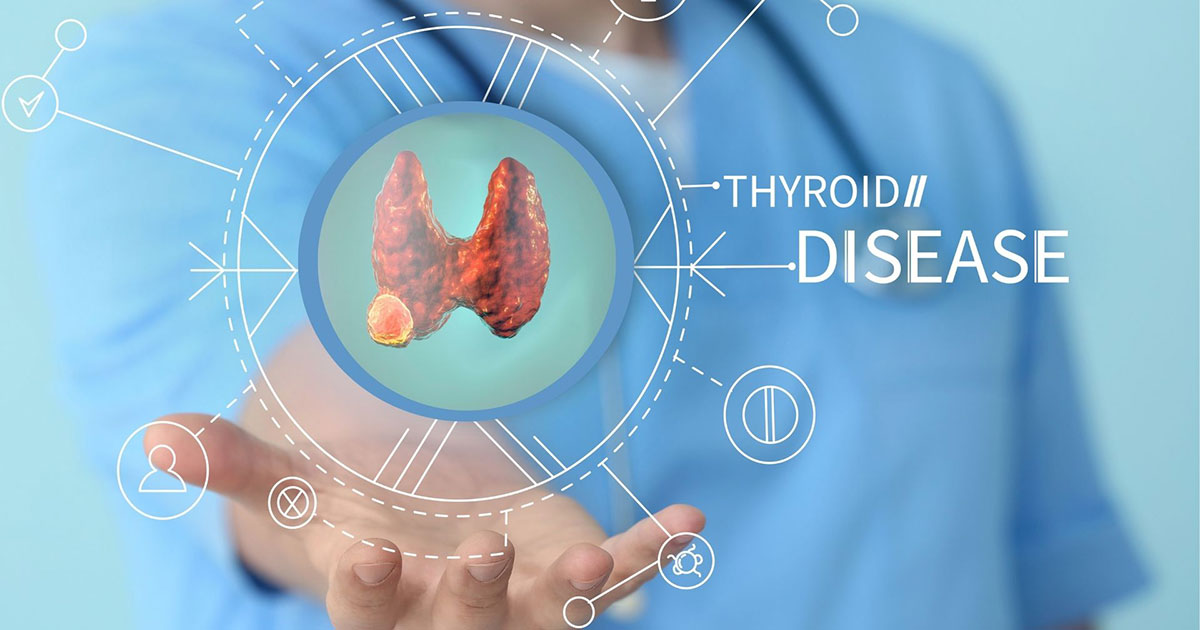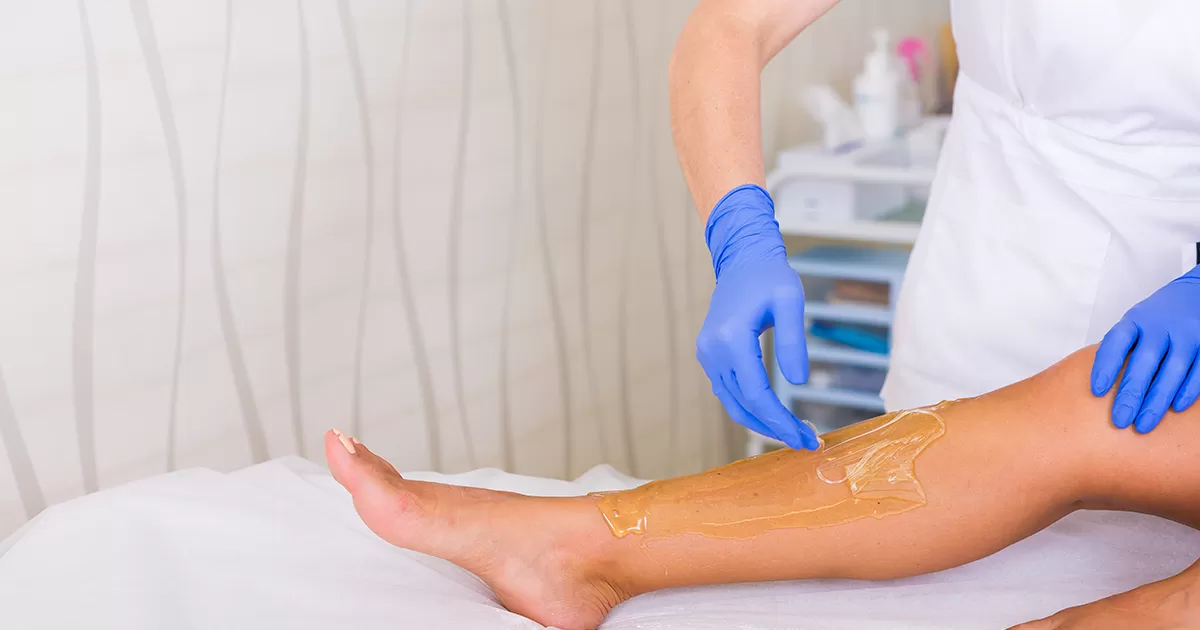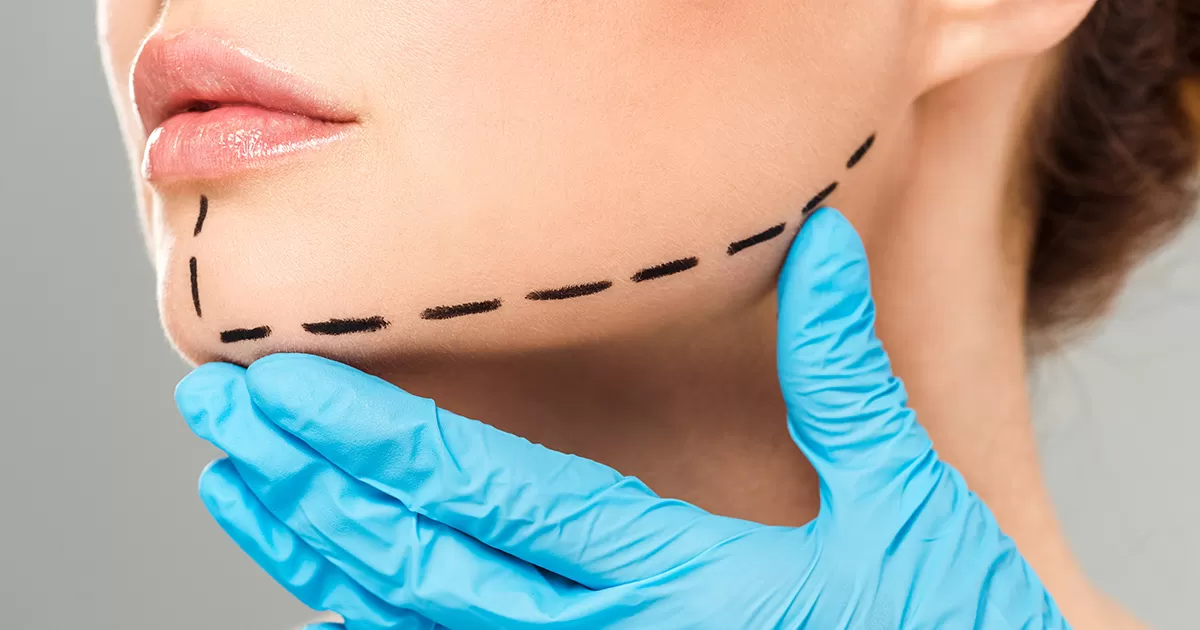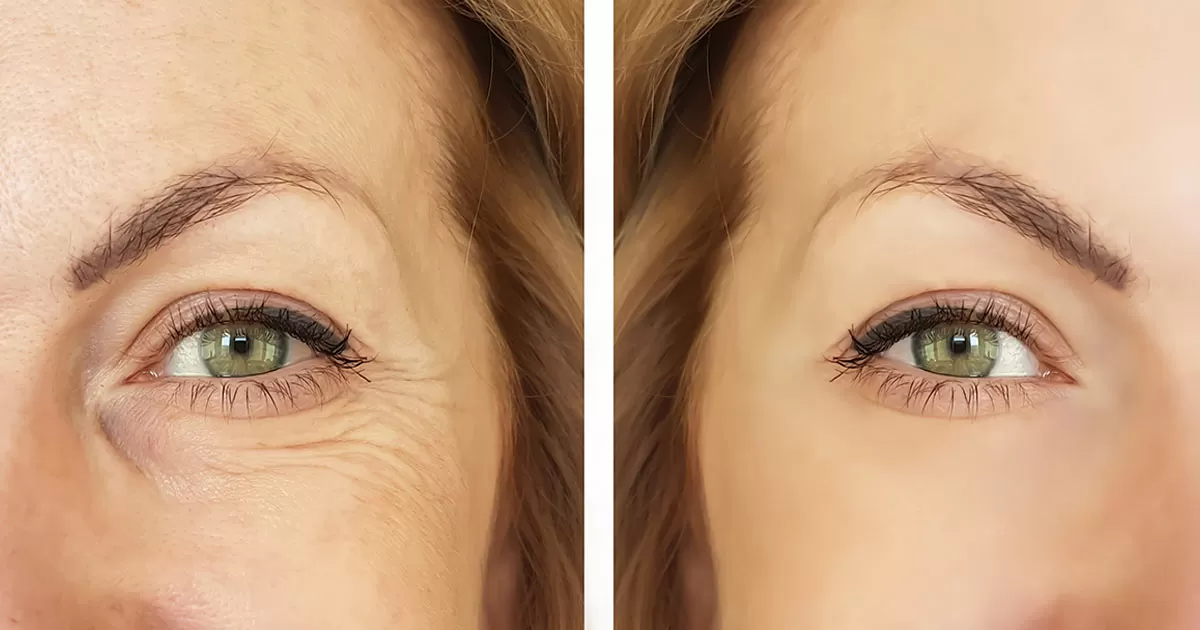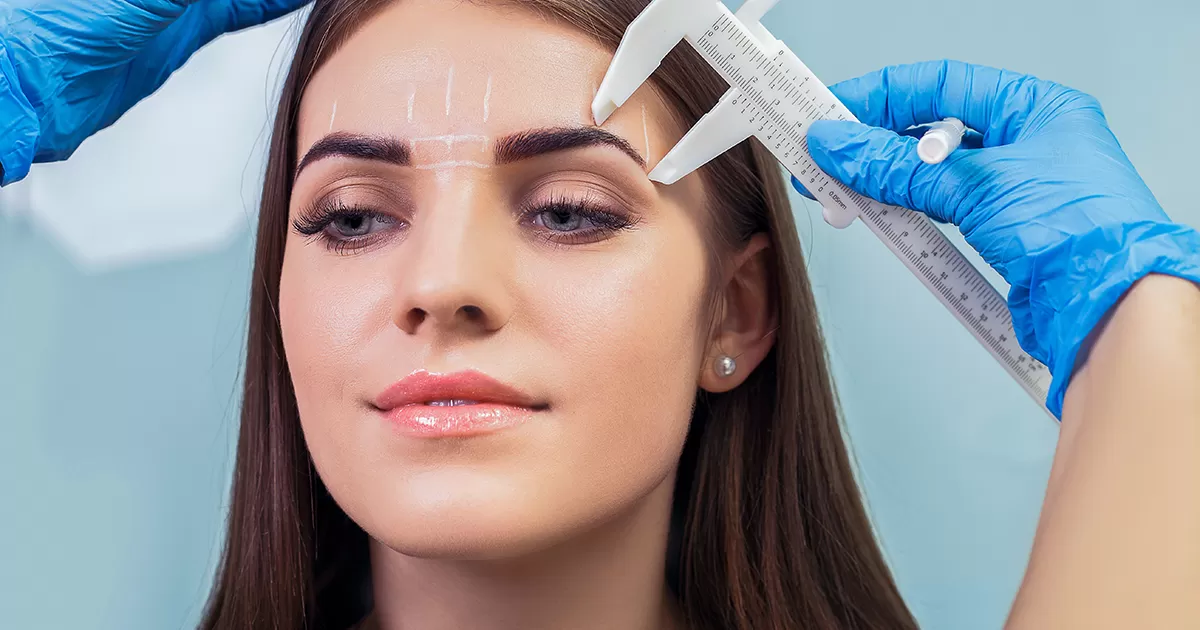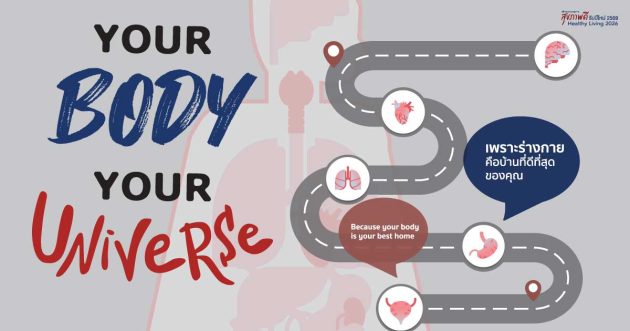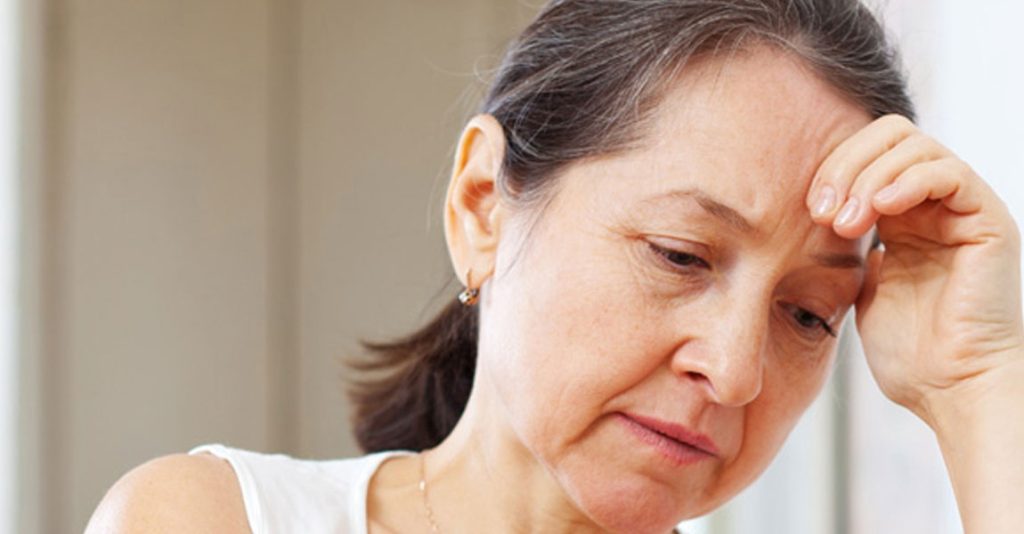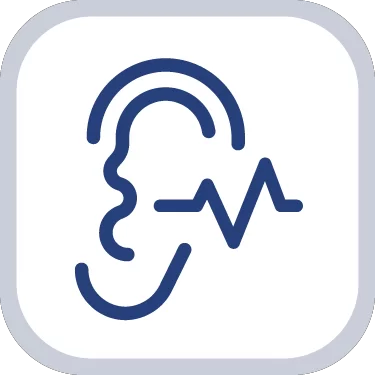
Hearing Speech Balance Tinitus Center
Home > Services > Centers & Clinics > Hearing Speech Balance Tinitus

A building, 4th floor
Monday - Saturday 8.00 am - 7.00 pm
Sunday 9.00 am - 5.00 pm
DIAGNOSIS TREATMENT & REHABILITATION CENTER FOR HEARING SPEECH BALANCE TINNITUS
Hearing, Speech and Balance are complex mechanism processes working between your ears and your nervous system. Hearing loss not only involves a reduction in hearing ability not able to hear faint sounds, but also affects understanding of speech. Hearing loss can range from mild to very severe and generally comes on slowly, but many occasions can happen suddenly.
Children with hearing loss are at higher risk for having learning, speech/language and social/emotional difficulties than their normal hearing peers. Hearing loss can be present at birth. Causes include prenatal infections, illnesses, toxins consumed by the mother during pregnancy or other conditions occurring at the time of birth or shortly after. If your child has hearing loss, it is important to consider the use of hearing devices and other communication options by age 6 months, because children start learning speech and language long before they talk. Hearing loss has many causes such as blockage or damage in the outer and/or middle ear, disease or infection of ears, hearing nerve problems, certain drugs, exposure to noise, tumors, trauma and the aging process. Noise in the ear, dizziness, spinning or vertigo and hearing loss may occur together or separately but can be preventable.
DIAGNOSTIC SERVICES AVAILABLE
Audiometry – testing degree hearing ability. Results of audiometric tests called audiograms are used to diagnose hearing loss of and diseases of the ear. Speech Discrimination Score (SDS) – the percentage of words correctly identified. Pathology of the inner ear, auditory nerve, and/or central auditory pathways can affect this score. SI SI Score (Recruitment Test) – the SISI test relates to the prevalence rates of cochlear and retrocochlear disorders. Tone Decay Test – involves the presentation of a continuous tone to determine whether the threshold for the tone has changed (becomes poorer) over time. The test helps differentiate sensory from neural hearing loss, and is used in the diagnosis of cochlear versus retrocochlear lesions and eighth nerve tumors. Bekesy Audiometry – a tool for detecting hearing ability, type of hearing loss, degree of hearing loss and for detecting simulated hearing loss. Auditory Brainstem Response (ABR) – a useful diagnostic tool for measuring hearing when more conventional hearing tests cannot be used as in newborn baby or Neurological patients. Posturography – a twenty minute computerized clinical test used to assess balance function from the eyes to the ear and to the brain. Caloric Test, Electronystagmography (ENG) / Video Nystagmography (VNG). Caloric Test – monitoring the movements of your eyes using goggles to make sure that both of your ears can sense this stimulation. This test will confirm that your vestibular system for each ear is working and responding to stimulation. Video Nystagmography (VNG) – technologies for testing inner ear balance organ and central motor functions. VNG measures the movements of the eyes directly through infrared cameras. VNG testing is more accurate, more consistent, and more comfortable for the patient to differentiate balance problem from the ears to the brain through the eyes and a window to the vestibular system. Treatment will be according to the etiology. Many times hearing and balance rehabilitation are needed. Balancing Rehabilitation – to improve coordination of all balance organs from the eyes to the ears proprioceptive senses and brain Hearing Rehabilitation – by using Hearing Aid Device Consultation and Installation Cochlear implants – a surgically implanted electronic device that provides a sense of sound to a person who is profoundly deaf or severely hard of hearing.
- Inform the registration personnel that you are here for a check-up. You will be directed to the Health Promotion Center.
- A sample of blood and urine will be taken. A chest x-ray and an E.K.G. (if required) will be taken. The above procedure usually takes about thirty minutes.
- A physician will meet with you after all lab and x-ray results are available to advise you of the findings.
- After the initial check-up session, you may be referred to see a specialist for your specific findings on the same day or an appointment will be made at a time more convenient (additional fees and expenses may apply).
- Arrive early on the day.
- Do not eat or drink (other than water) after midnight.
Diseases
& Treatments
Treatment of thyroid nodule by surgery
Hair removal
Scar Revision
Cheek Bone Augmentation
Bat Ear Correction
Chin Correction (Cosmetic Chin Surgery)
Alarplasty
Wrinkle Correction
Lip Augmentation
Browlift
Testimonials
This is the heading
Thai surgeon uses arthroscope instead of radical surgery. A patient describes his experiences and outcome.
Sleeve Gastrectomy
Laparoscopic sleeve gastric bypass is a surgical procedure to reduce the size of the stomach. Help limit the amount of food eaten. This will allow patients to lose weight successfully.
Related Doctors
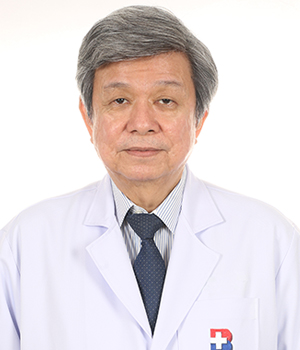
| Otolaryngology |
.png)
| Otolaryngology |
.png)
| Otolaryngology |

| Otolaryngology |
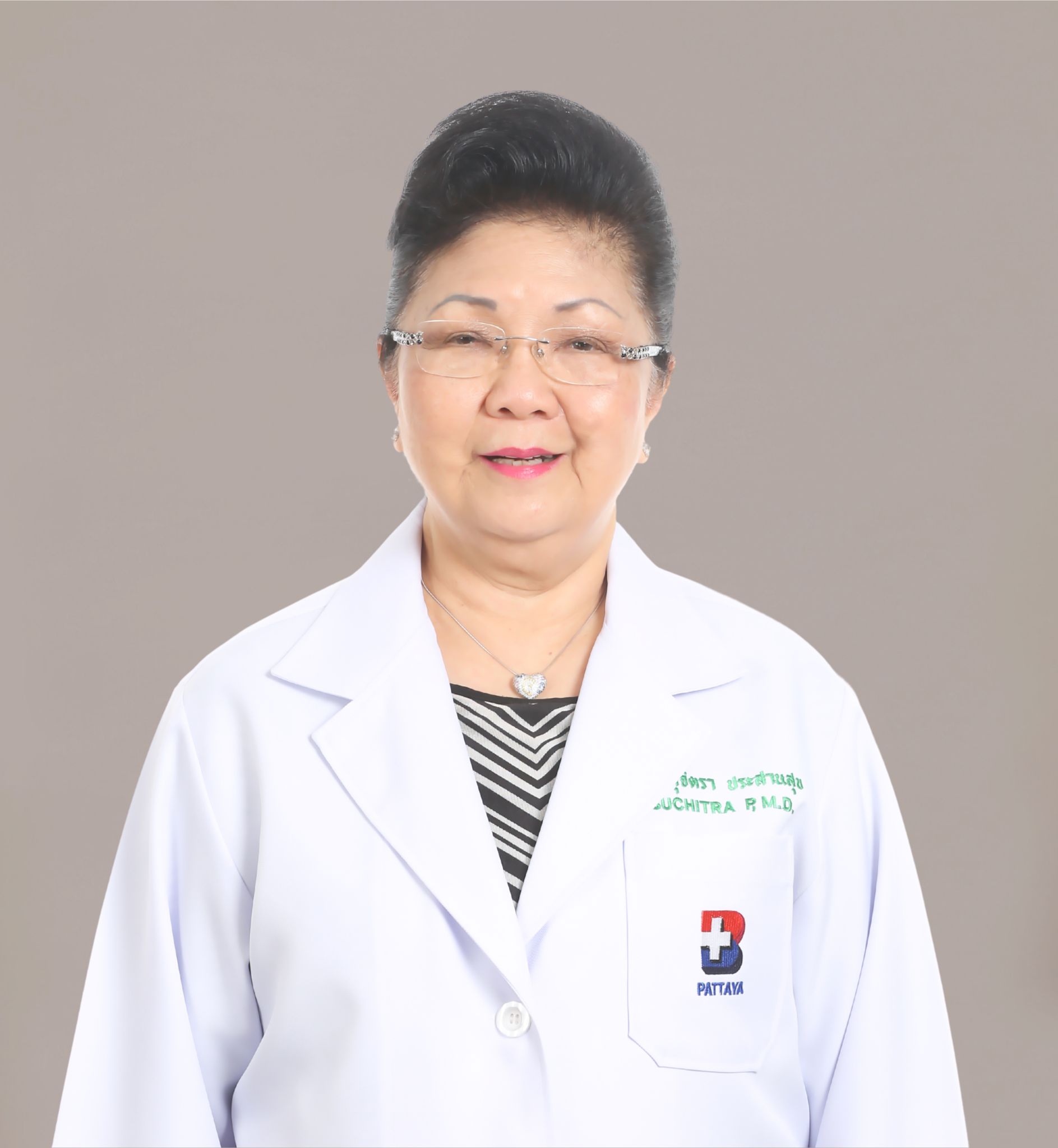
| Otolaryngology |


